Another deadline ends in whimper
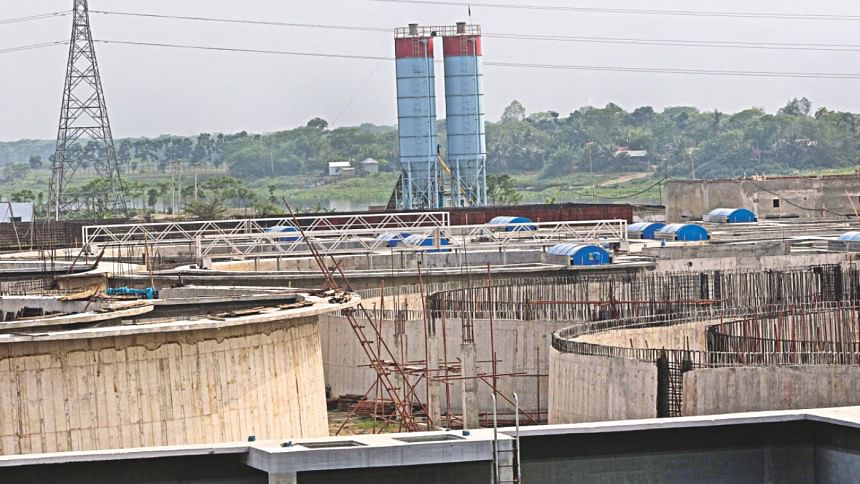
Yet another deadline has gone by, but not a single tannery has been relocated from the capital's Hazaribagh to the Savar Tannery Industrial Estate.
In fact, the government itself has not been able to fully install the Central Effluent Treatment Plant (CETP). Proper treatment of toxic waste discharged by the tanneries was described as a key objective of the whole relocation move.
On January 9, Industries Minister Amir Hossain Amu asked the tanners to move to Savar within 72 hours. However, following negotiations with the tanners, the deadline was first extended to March 1 and then to March 31.
Having failed to relocate these polluting factories within the last deadline, the government yesterday deployed police to prevent raw hide supply to the Hazaribagh tanneries.
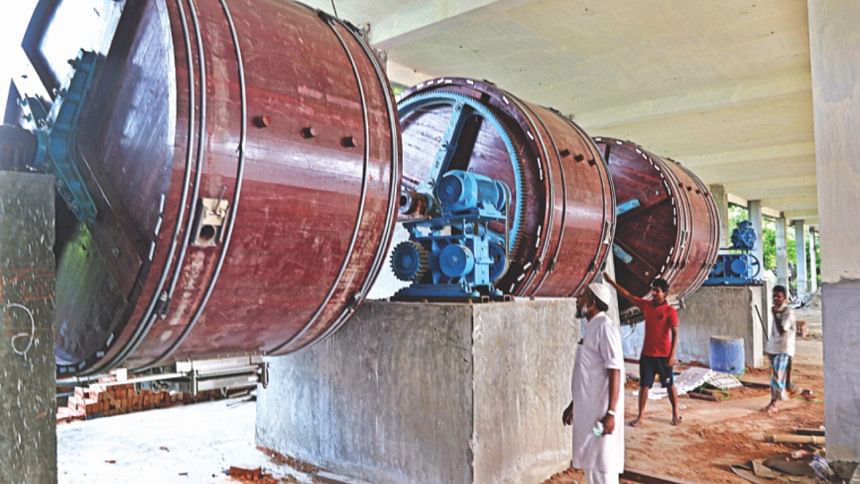
Visiting the Savar estate yesterday, this correspondent found that none of the factories has been fully constructed.
Some factory owners have not even completed the piling works for construction. Some others are still setting up hide processing drums and other equipment, which means they will need a month or two more to be ready for operation.
Though the CETP has been connected to the industrial units there through pipelines, the plant itself is yet to be ready for waste treatment.
Also, the factories have not yet got gas and water connections.
"I applied for the connections two months ago. But I have not yet got it," said Md Akhtaruzzaman, owner of Ahsan Habib and Brothers.
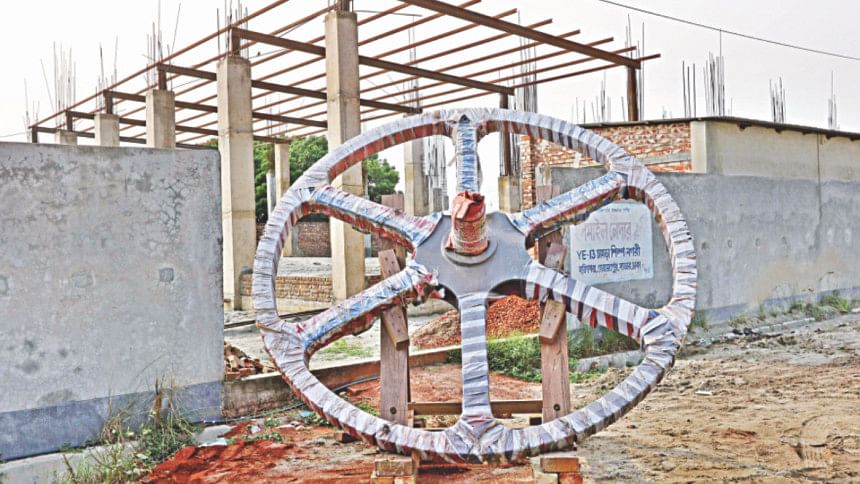
He was supervising the construction work of his two-storey factory building at ZE-4 plot on the site.
"Though I have made significant progress in the construction, I will need about a couple of months more to relocate my tannery from Hazaribagh," said Akhtaruzzaman.
Bangladesh Small and Cottage Industries Corporation (BSCIC), the government agency that is implementing the tannery estate project, has approved the lay-out plan of 152 industrial units out of the 155 in the Savar site. Of them, construction of 148 units has started, ministry sources said.

CETP NOT READY
The Hazaribagh tanning factories release thousands of litres of untreated and toxic liquid waste into the Buriganga river every day, posing a serious risk to human and animal health and diminishing the prospects of leather exports.
Considering the health and environmental hazards, the government in 2003 took up a project to relocate the tanneries to Savar.
The tannery estate there was first scheduled to be completed by December 2005. The deadline was then extended several times over the years.
Thirteen years have gone by but the infrastructural development is yet to be completed.
The government plans to initially set up two of the four units of the CETP. Ninety percent work of the two units has been completed but the installation process has been stalled for the last one and a half months and the pipeline network has not been completed either.
"We could not make much progress in construction of the CETP as the Chinese contractor firm did not provide us proper machineries," Prof Delowar Hossain, designer and consultant of the CETP installation, told The Daily Star yesterday.
"The Chinese company was supposed to provide us stainless steel-made water pumps for carrying waste water. But they were providing us normal pumps. We did not accept those."
The BSCIC would sit with the Chinese firm tomorrow to resolve the issue, said the professor of Bangladesh University of Engineering and Technology.
Once in full operation, the two CETP units would be able to treat 13,000 cubic meters of waste a day.
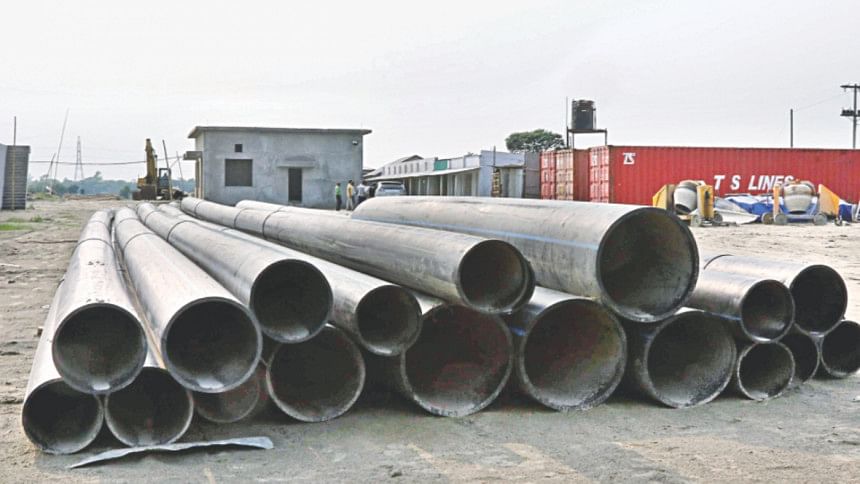
POLICE DEPLOYED AT HAZARIBAGH
Police were deployed around Hazaribagh from yesterday morning to prevent supply of raw hides to the tanneries there.
"We have deployed police at four entry points to Hazaribagh and did not allow hides to be transported to the tanneries. We will continue this until further instructions from the higher authorities," said Mir Alimuzzaman, officer-in-charge of Hazaribagh Police Station.
The police teams sent back two trucks carrying raw hides yesterday.
Despite this, all the tanning factories were found in operation. Workers said they were using raw materials that had been previously stockpiled.
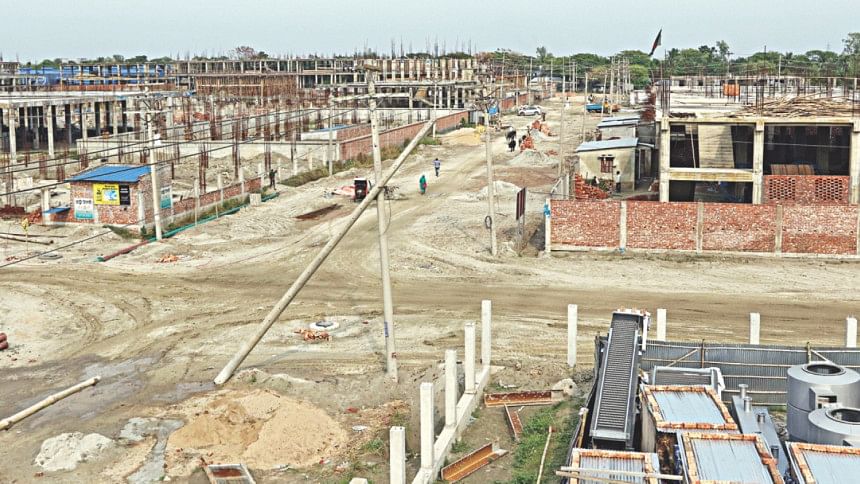

 For all latest news, follow The Daily Star's Google News channel.
For all latest news, follow The Daily Star's Google News channel. 





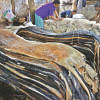


Comments